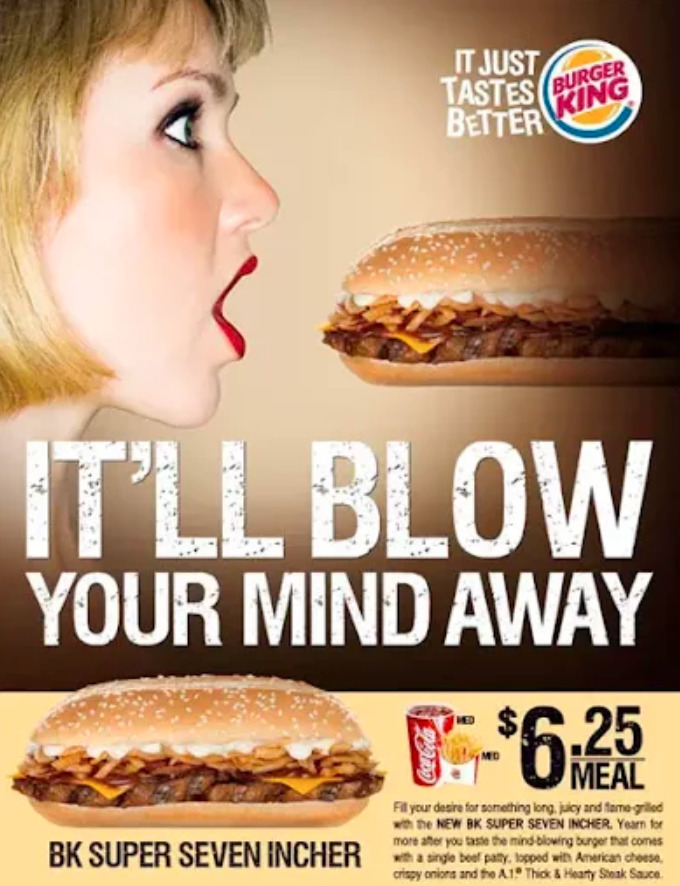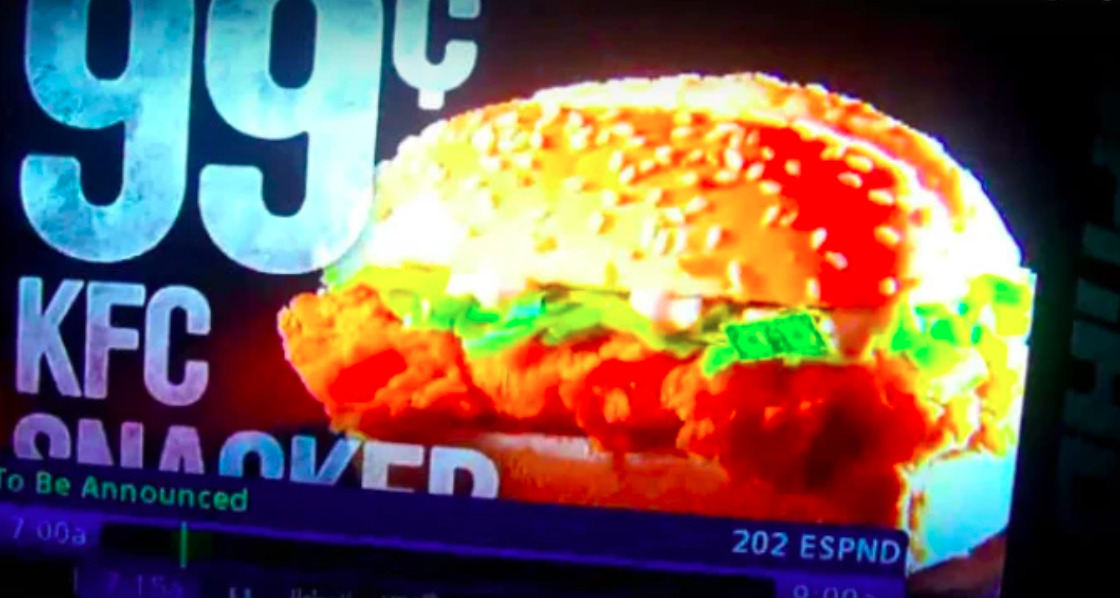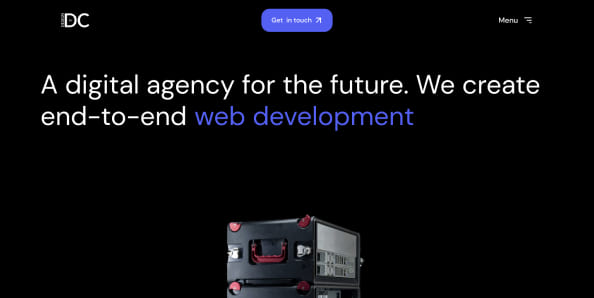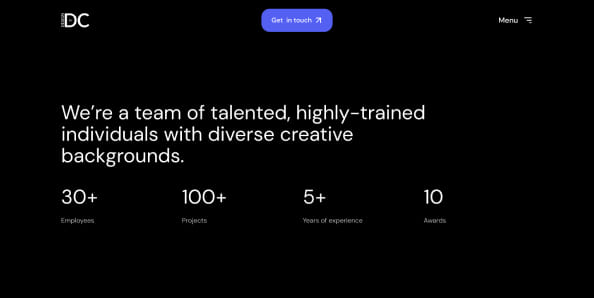What Is Subliminal Advertising and How To Do It Right
Have you ever heard about “subliminal messages”? If you haven’t, it’s best to understand this concept before we go into detail about subliminal advertising. Subliminal messages, or subliminal stimuli, refer to messages or images that are perceived by the brain, but only unconsciously. These messages, even though not processed by the conscious brain, still yield a reaction.
There is an iconic Friends scene that exemplifies subliminal messaging. It’s when Chandler is trying to give up smoking, and he uses a hypnosis tape he’s supposed to listen to in his sleep. However, the tape is targeted at women, and he ends up thinking he’s a “strong, confident woman”. That’s subliminal messaging.
Now, when it comes to subliminal marketing, the idea is pretty straightforward: the practice of using words or images (stimuli) that consumers don’t consciously detect. It was first introduced by James Vicary in the fifties and later reiterated by Vance Packard in a book called The Hidden Persuaders.
According to Packard, moviegoers had been subjected to subliminal commands to increase the sales of Coca-Cola and popcorn at the movie concession stands. At the end of the day, none of it was true. However, people didn’t like the idea of subliminal marketing (no one likes to feel like they’re being manipulated).
Before we move forward, a disclaimer: there is no scientific proof that subliminal advertising actually works. But because there’s a lot of stigma around it, it’s best to tread carefully. With that in mind, let’s have a look at some examples of subliminal advertising to better understand what works and what doesn’t.
Subliminal Advertising Dos
Pepsi vs Coke
Subliminal ads should be, above all, clever. They should not feel obvious to the viewer. Instead, they should make them feel like they discovered a secret message. In order to achieve this, you should play with images and optical illusions. Blur the line a little.
For example, take a look at these ads from Pepsi and Coca-Cola:

Pepsi released the first ad, playing with the “horror” of receiving a Coke when you really want a Pepsi. The response from Coca-Cola was even better: they shifted the intention by taking advantage of the caped Coke and portraying it as a hero.
Both of these ads work for a number of reasons: they are funny and clever, and both brands manage to make consumers see their product in a positive light while casting a clear shadow on the competition.
Amazon
You have probably seen the Amazon logo thousands of times, but have you really taken it in? Let’s take a look at it: 
The arrow is strategically placed, containing a hidden message. Did you get it? It means that Amazon sells everything, from A to Z. This very simple form of subliminal marketing works because it isn’t pushy or salesy, it just reinforces the channel’s all-in-one model. It also helps that the arrow is shaped like a smile!
Pirates of the Caribbean
Did you know that Disney has been repeatedly accused of using subliminal messages in their movies? Here’s an example of a subtle subliminal message in a Disney movie with an optical illusion.

While some may call it a long shot, others are convinced that Disney adapted the well-known skull and crossbones emblem to look more like their iconic Mickey Mouse logo.
Why does it work? Easy: people love Mickey Mouse, and people feel good about Disney. When you present them with something that’s reminiscent of both, they’re bound to transfer some of those good feelings, even if they are not conscious of it.
Subliminal Advertising Don’ts
The Food Network and Mcdonalds
In order for subliminal marketing to work, you must avoid being too obvious. People like feeling proud of themselves for discovering a secret message or meaning, but if they catch you purposely trying to insert “hidden” messages, it can lead to controversy.
For example, in this 2007 ad you can see how The Food Network inserts a flash of the McDonald’s logo during the popular show Iron Chef. The ad made major headlines and caused controversy, mainly because the flash was completely unrelated to what was being aired. This type of subliminal marketing doesn’t work because it’s too obvious and there was absolutely no attempt to hide it.
In the end, McDonald’s and The Food Network both claimed the message was an error. But we can’t deny it sure looks like a play at subliminal messaging.
Burger King
This 2009 generated a great deal of controversy. It only takes a quick look to understand why.

The ad promoted a new seven-inch burger, but it was loaded with sexual metaphors. The implications were not at all subtle, and there was no need to include this kind of imagery, particularly for a product that has absolutely nothing to do with sex.
KFC

KFC aired a commercial back in 2008 for its Dollar Snacker that featured a green dollar bill in the lettuce. The reason why it doesn’t work is simple: it’s too sloppy, and it doesn’t look good. On the other hand, consumers don’t need to be reminded –either on a conscious or an unconscious level– that a brand’s ultimate goal is to make them spend money.
In Conclusion…
While in the past it was greatly refuted that subliminal messaging worked, more recently emerging research has demonstrated that subliminal messages do have the power to influence us to some degree.
If you want to pull off subliminal marketing, make sure to make your messages subtle. The worst mistake you can make is being too obvious. It should never feel like an attempt to brainwash or hypnotize. Nobody wants to be fooled. Instead, everyone wants to feel like they’re in on the joke.
If you’re thinking about creating a marketing strategy for your brand involving some of these techniques, it is a good idea to contact an experienced digital agency that can help you understand what works and what doesn’t when it comes to persuading consumers. At Design in DC we can help you with anything related to your website including marketing, SEO, design, development, and much more.
Can you think of other examples that worked, or maybe some that failed miserably, that involve subliminal marketing? Let us know in the comments below.
Don’t forget to follow us on Social media if you want to stay up to date with all of the latest Design In Dc news!












